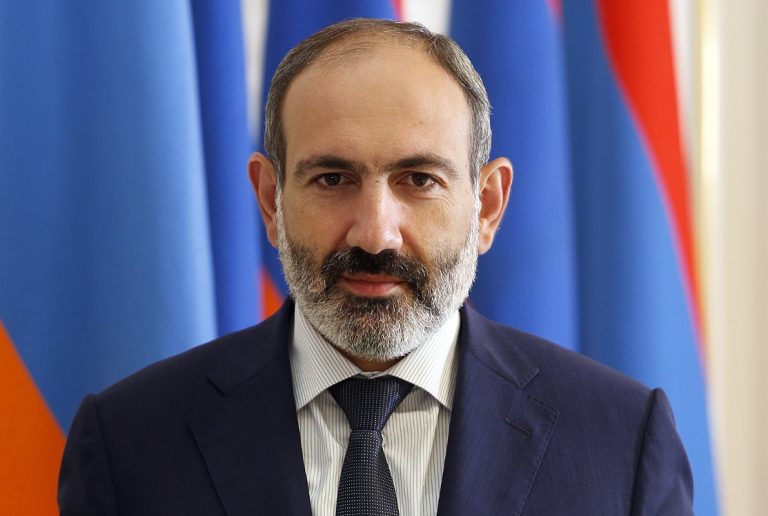In the framework of negotiations held as a video-conference on May, 19, leaders of the Eurasian Economic Union countries were tasked to adopt a draft for the Eurasian Development Integration Strategy until 2025. This is the fundamental document the future integration decisions will be based on. However, despite Russia’s desire it did not happen. As a result, the document was sent for revision and its fate is still unclear.
The positions of Belarus and Armenia became the reason for the strategy failure. The President of the Republic of Belarus, Alexander Lukashenko, and the Prime Minister of Armenia, Nikol Pashinyan, sided against Russia’s gas initiatives.
Moscow insisted that approaches to pricing for gas tariff could be fixed during the next negotiations on the formation of a common gas market of the EAEU. Minsk and Yerevan, in turn, insisted on introducing the principle of applying common approaches to pricing and tariff formation in the common gas market of the EAEU, including single tariffs for services provided by the subject of natural monopolies in gas transportation and transit. Kazakhstan who has its own production and Kyrgyzstan with its minimum level of gas consumption supported Russia’s position on the issue.
In addition, President of Kazakhstan Kassym–Jomart Tokayev expressed himself in favor of finalizing the document. Kazakh leader spoke about the unification of legislation, in particular, provision of legal liability, administrative and criminal. However, taking into consideration the general tone of the statement, Astana is going to play for time and by using tactics of ‘passive failures’ continue the document finalization as long as possible.
Russia sees proposals of Belarus and Armenia as unacceptable. The Kremlin believes that a single tariff can be only implemented in a single market with a single budget and a single tax system. In other words it means that a single tariff can be implemented when the EAEU member countries lose most of their sovereignty and fully join the geopolitical neo-imperial project.
Fundamentally this approach differs from the interests of Minsk and Yerevan. Belarus and Armenia, for whom the integration basis is economic benefit, rather than Moscow’s geopolitical projects, will defend their position right to the end. Therefore, they are unlikely to agree to the Kremlin’s compromise to exclude a gas issue from the draft strategy.
If the position of Belarus who has been already clinching with Russia for several years is more or less logic, Armenian demarche looks quite interesting. Yerevan has never received significant economic benefits from the Moscow integration project. A slight trade uptick can be hardly considered as a major achievement. If Armenia’s export to the EAEU countries increased by 10.5% over the past year and reached $0.76 billion, Russia’s export to Armenia alone increased by 24.3% and reached $1.7 billion. This state of things reminds rather absorption than mutually beneficial integration.
Customs tariff is another sensitive matter for Yerevan. In 2015, Armenia joined the EAEU by taking a 5-year grace period for withdrawals in order to mitigate the negative downward of rising prices for non-EAEU imported goods. In 2020 this period came to an end. Totally, the list includes almost 900 items of goods covered by customs withdrawals, 300 of them are vehicles. So far, according to the agreements, Armenia has maintained such a regime until the end of the year. However, in a while the EAEU countries will come back to this issue.
Russia is unlikely to leave the demarche of Belarus and Armenia unnoticed. The document itself is not so important. The more important is the open position of the allies who do not intend under new conditions to go along with the Kremlin’s decisions.
Moscow pursues one goal – geopolitical integration without significant economic concessions under the Kremlin’s conditions. Therefore, the national governments of these countries have to get ready for increasing pressure and, probably, for special operations aimed at destabilizing the situation in these countries.




